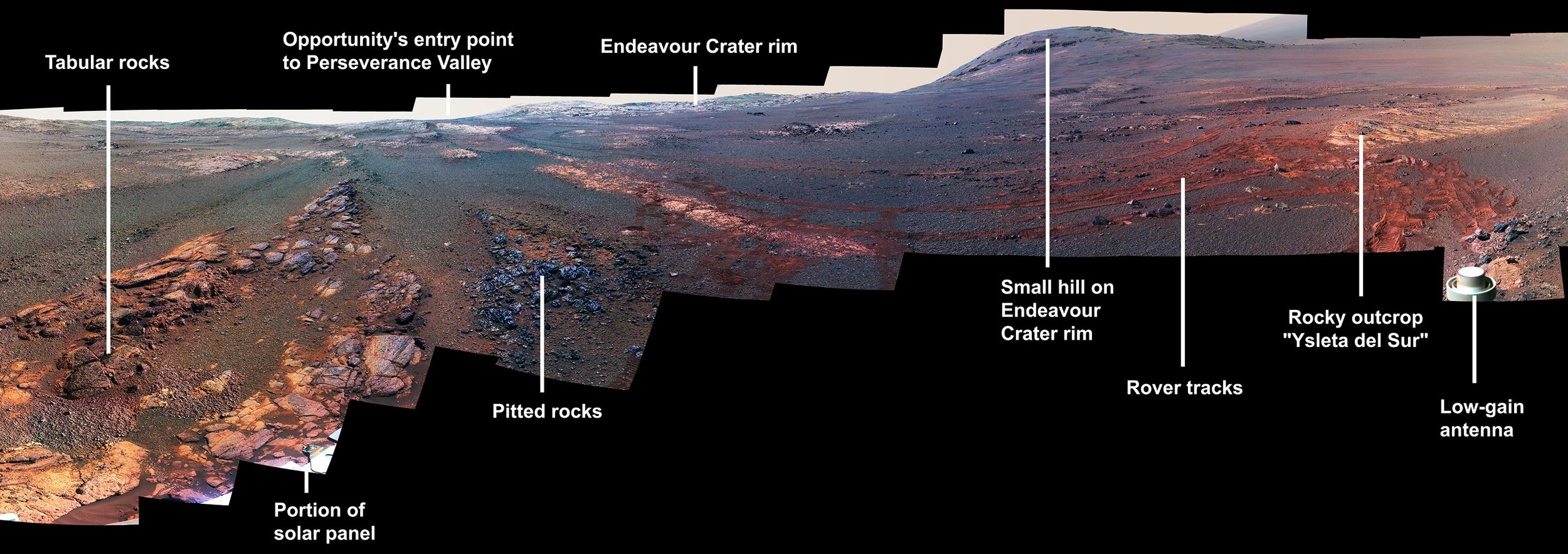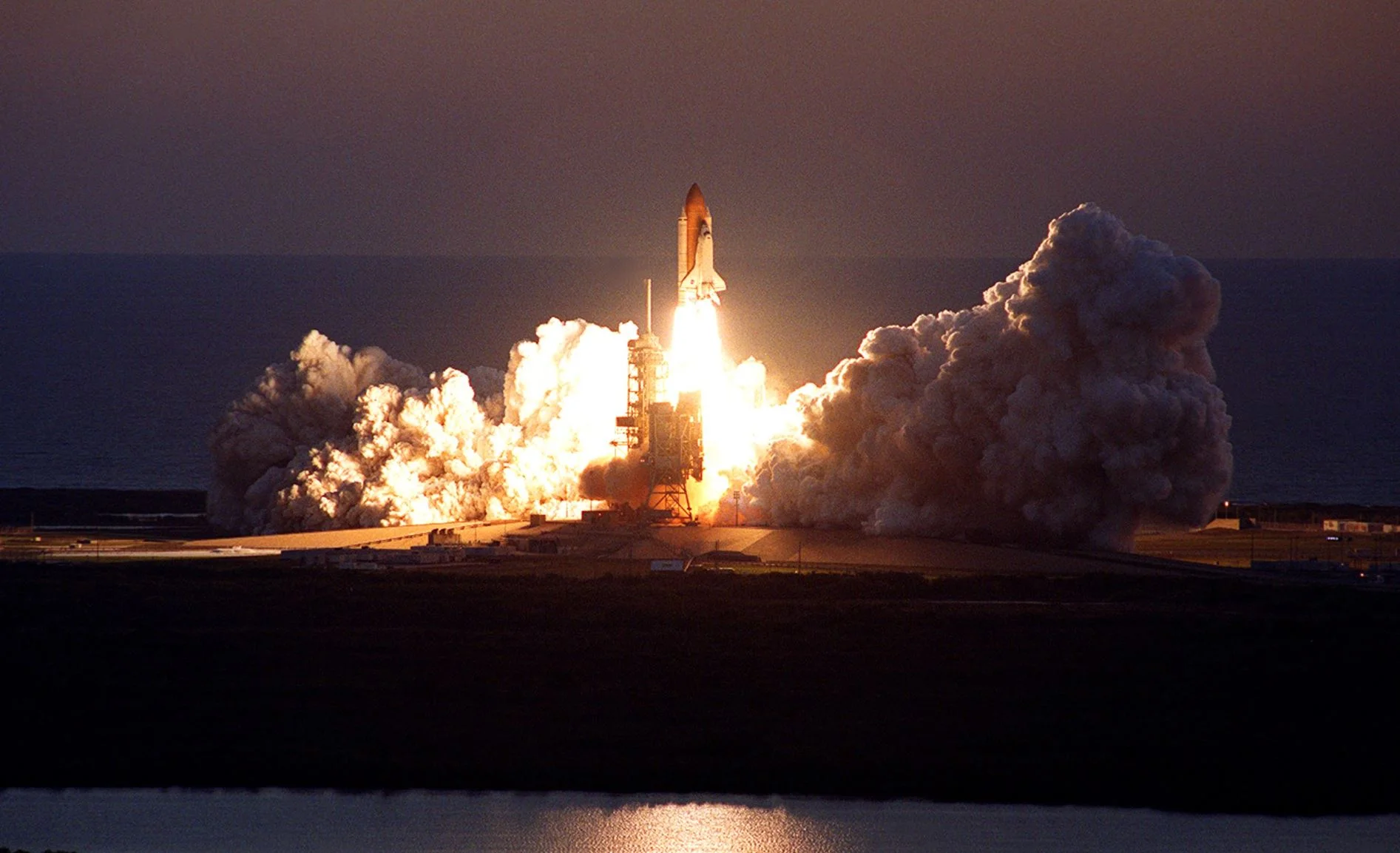Planetary systems can be harsh environments in their early history. The young worlds orbit suns in stellar nurseries, clusters of stars where violent encounters are commonplace. None of this makes it easy for life to get going, but now astronomers at the University of Sheffield find one positive of this tumultuous period. A model developed by undergraduate student Bethany Wootton and Royal Society Dorothy Hodgkin Fellow Dr Richard Parker looks at how the habitable zone – the region around a star where the temperature allows liquid water to exist – changes around pairs of stars, so-called binary systems.
This is What It’ll Look Like When the Milky Way and Andromeda Galaxies Collide Billions of Years from Now
How the brain distinguishes between objects
A Cosmic Bat in Flight - ESO’s Cosmic Gems Programme captures the Cosmic Bat’s dusty clouds
Hidden in one of the darkest corners of the Orion constellation, this Cosmic Bat is spreading its hazy wings through interstellar space two thousand light-years away. It is illuminated by the young stars nestled in its core — despite being shrouded by opaque clouds of dust, their bright rays still illuminate the nebula. Too dim to be discerned by the naked eye, NGC 1788 reveals its soft colours to ESO's Very Large Telescope in this image — the most detailed to date.
Softer, processed foods changed the way ancient humans spoke
Opportunity's Parting Shot Was a Beautiful Panorama
Over 29 days last spring, NASA's Mars Exploration Rover Opportunity documented this 360-degree panorama from multiple images taken at what would become its final resting spot in Perseverance Valley. Located on the inner slope of the western rim of Endeavour Crater, Perseverance Valley is a system of shallow troughs descending eastward about the length of two football fields from the crest of Endeavour's rim to its floor.
What Scientists Found After Sifting Through Dust in the Solar System
Just as dust gathers in corners and along bookshelves in our homes, dust piles up in space too. But when the dust settles in the solar system, it’s often in rings. Several dust rings circle the Sun. The rings trace the orbits of planets, whose gravity tugs dust into place around the Sun, as it drifts by on its way to the center of the solar system.
Do cosmic rays come from galactic bubbles?
Health check: is moderate drinking good for me?
For the past three decades or so, the conventional wisdom has been that drinking alcohol at moderate levels is good for us. The evidence for this has come from many studies that have suggested the death rate for moderate drinkers is lower than that for non-drinkers. In other words, we thought moderate drinkers lived longer than those who didn’t drink at all.
Our space weather mission will venture deeper into space than any other – here’s what it could achieve
You may have noticed that some weather forecasts have started mentioning the chances of seeing an aurora, also known as northern lights. Just as the atmosphere of the Earth gives us terrestrial weather, the nearby, vast atmosphere of the sun gives rise to space weather – triggering events such as auroras. Many weather institutes around the world now provide forecasts of the weather in space because of the hazard it poses to services we rely on, such as satellite positioning services, power distribution and communications.
Your relationship may be better than you think – find the knot
Hydrogen fuels rockets, but what about power for daily life? We’re getting close
Gamma Ray Telescopes could Detect Starships Powered by Black Hole
In the course of looking for possible signs of Extra-Terrestrial Intelligence (ETI), scientists have had to do some really outside-of-the-box thinking. Since it is a foregone conclusion that many ETIs would be older and more technologically advanced than humanity, those engaged in the Search for Extra-Terrestrial Intelligence (SETI) have to consider what a more advanced species would be doing.
Study identifies gene regions associated with sleep duration
Eat your vegetables – studies show plant-based diets are good for immunity
This is an Actual Photograph of the Shock Waves from Supersonic Jets Interacting with Each Other
Mass-market electric pickup trucks and SUVs are on the way
SpaceX Dragon 2 pulled off nail-biting landing – here’s the rocket science
A fiery Dragon lit up the sky over the Atlantic before cooling off with a watery splashdown on March 8. The SpaceX Dragon 2 capsule is of enormous significance for spaceflight as it has just become the first commercial vehicle to automatically dock with the International Space Station (ISS) and return to Earth. The spacecraft will now aim to carry astronauts to the ISS in a few months.














